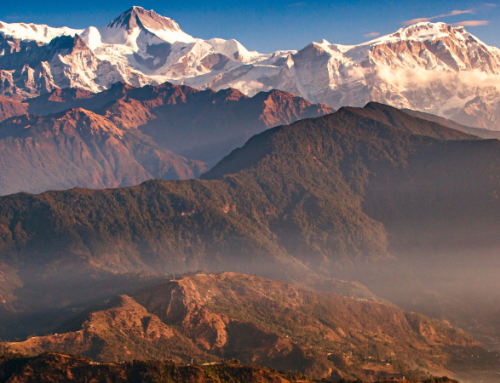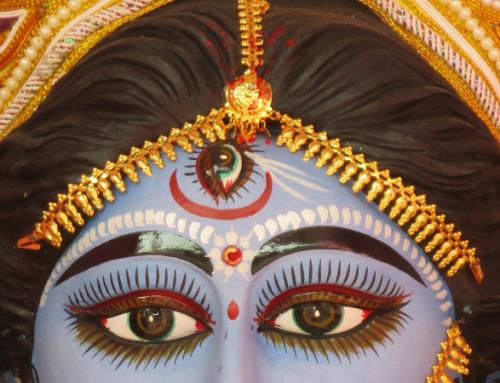Understanding the Life Force: the Eastern vs. Western approach
During a recent trip to Death Valley I stood in the intensely dry, hot Badwater Basin, the lowest point in the Western Hemisphere at 279 feet below sea level, where salt covers the ground and so reflects the sun as to be nearly blinding. It is a place so uninhabitable by most organisms that it got me thinking about all manner of extremes, including especially the extremes that humans go to as they seek to explain existence.
It is to me disturbing and difficult to understand just how doggedly many seemingly intelligent devotees of the Religion of Science insist that anything of value in “Eastern” medicine appears there only accidentally, and that no such entity as a “life force” (be it termed prana or qi or other) does or can exist. This attitude even surfaces in some who profess to make spiritual development the focus of their lives, who one might imagine should know better. Though I am ready to grant that said life force is as of yet not specifically detectable by modern apparatus, and that the structures and functions of “Eastern” subtle anatomy and physiology cannot be directly demonstrated within the physical human organism, it is IMHO utterly unscientific to maintain that prana does not exist simply because we do not yet have the ability to detect it with currently available instruments.
If it is true that there is no way to prove the existence of subtle anatomy, life force, or God, it is equally true that there is no way to disprove their existence; and since it is incontrovertibly true that our entire experience of external reality is subjective and internal, it seems reasonable to propose that states of being and awareness that have been repeatedly reported by serious seekers in many different time and places may actually reflect realities that are no less true simply because they have not yet been objectively corroborated.
The contention that awareness exists wholly within the brain and, though being non-physical, evolved somehow from physical origins is to me particularly distasteful, if for no reason other than its implausibility. By contrast India’s sciences propose that physical matter & energy actually evolved from consciousness, as did prana, the energy of living beings; and that prana evolved for the express purpose of facilitating the projection of awareness through living tissue. It seems far more plausible to me that the process of evolution has proceeded step by step from the origin of the universe to provide platforms that are progressively better equipped to serve as vehicles for a pre-existing, all-pervasive consciousness rather than that awareness arose arbitrarily along the way – by what means? And where do we locate the frontier between consciousness and unconsciousness: at the plant/animal boundary? the vertebrate/invertebrate border? the junction of genus Homo with the remainder of the primate realm? At what point does such a thing as consciousness arise from out of nowhere, and how and why?
We all have blind spots, and the Religion of Science appears to be particularly impaired when it comes to its relentless craving to explain away all the peculiarities of human existence using nothing but material measurements. Modern Science has many virtues, but providing individuals with a framework for understanding how to integrate the non-physical into their lives is not one of them. This is instead the context in which “Eastern medicine”, including particularly Ayurveda, is useful: providing us with reference points with which we can meaningfully locate ourselves within all portions of our environments, including but not limited to the mundane, and offering perspectives we can use as maps to enable us to move forward in our various personal worlds. Modern science can tell us about external conditions; Ayurveda permits us to look both inside and out, that we may learn to align ourselves as best we can with those conditions, and optimize thereby our quality of life.
What could be more useful in a time when the external is so emphasized than to cultivate a healthy relationship with our internal world, discovering for ourselves what there is to be uncovered there. We each have our own essential understandings of what works and what doesn’t work for our personal organisms, comprehensions which often differ completely from those of others. Ayurveda attempts to empower individuals to discover personal truths for themselves, that we may live lives of maximal satisfaction and health with minimal need to consult experts to tell us what to do.
Tathastu!


